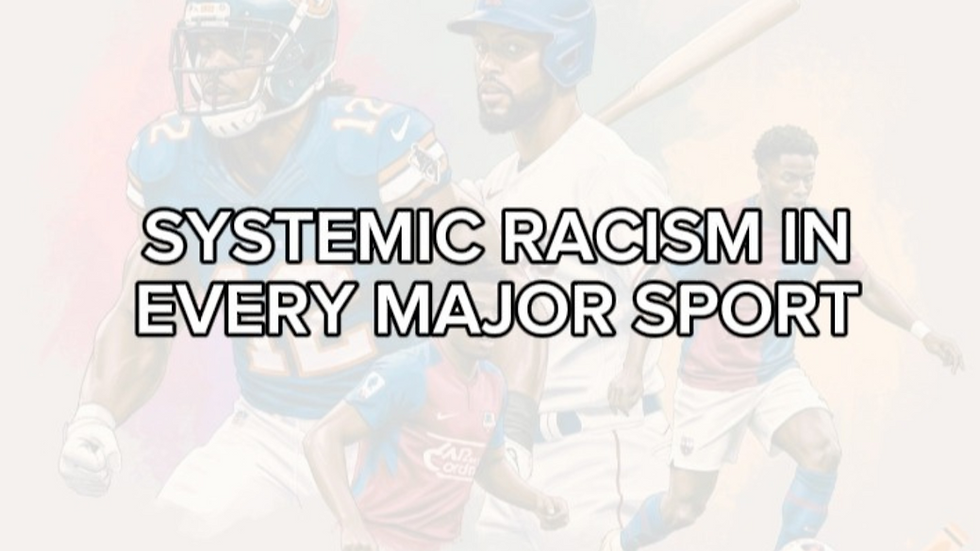Racial Profiling in Crime Control Technologies
- whytheracecardisplayed

- Oct 5, 2019
- 1 min read
Updated: May 2, 2023

Current concern with the federal surveillance of social protests on social media, particularly that of Twitter’s #blacklivesmatter (Joseph, 2015), has coalesced the topics of the Fourth Amendment, civil liberties in a broad sense, and technology into conversation around the scale, scope, and cost of civilian surveillance.

.png)




Comments